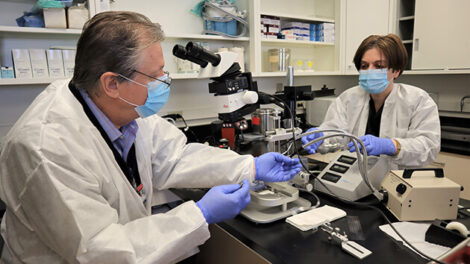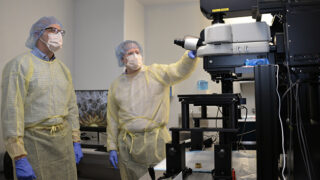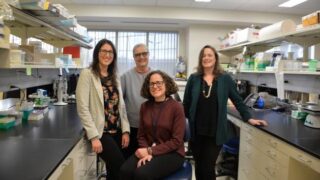Neuroscience Research Program
Our mission is to advance the field of neuroscience through collaborative research, scientific discovery, and education of scientists, physician scientists, and the community to benefit public health in New York's Capital Region and beyond.
We have expertise in epilepsy, stroke, dementia, Parkinson's disease, demyelinating diseases, neurodevelopmental disorders, and interactions between the nervous system and peripheral organs.
Meet our researchers and learn more about their work.
Community Programs
Find out more about our community programs Next Gen Neuroscience and the Brain Bee.
Our Graduate Programs
Join in the excitement of discovery, engage in the challenges of research, and contribute to the scientific community. New students quickly become part of our research team and accept the challenge of improving the health of the public through scientific advancement.
Our medical students, MS candidates, PhD candidates, and postdoctoral fellows work with scientists at the forefront of biomedical research. Our small faculty-to-student ratio facilitates one-on-one interactions on a daily basis both in the laboratory and the classroom. Many of our research activities involve collaborations with other research programs at Albany Medical College, as well as other universities, research institutions, and corporations.






